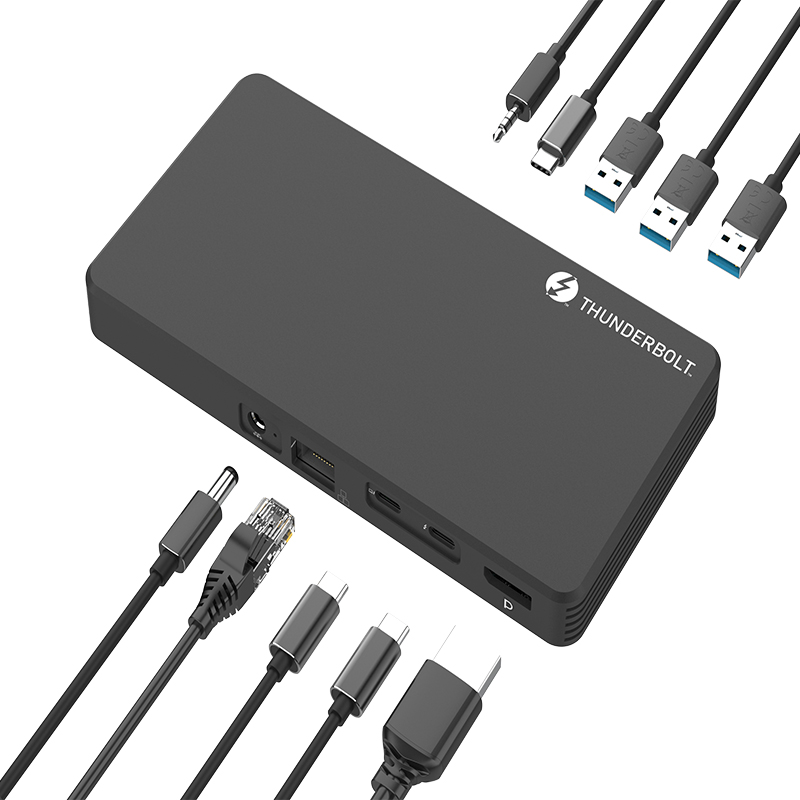
Заява про конфіденційність: Ваша конфіденційність для нас дуже важлива. Наша компанія обіцяє не розголошувати свою особисту інформацію будь -якій перевищенні, не вистачаючи ваших явних дозволів.
 Although the Ultrabook Ultrabook is still not successful, but Intel's attention and expectations that it is quite high, the future will continue to increase in hardware specifications and design, such as through the Thunderbolt Thunderbolt interface introduced docking station to solve the notebook itself Because of the pursuit of ultra-thin and led to the problem of limited input and output.
Although the Ultrabook Ultrabook is still not successful, but Intel's attention and expectations that it is quite high, the future will continue to increase in hardware specifications and design, such as through the Thunderbolt Thunderbolt interface introduced docking station to solve the notebook itself Because of the pursuit of ultra-thin and led to the problem of limited input and output. May 15, 2024
April 04, 2023
June 04, 2024
February 03, 2023
February 03, 2023
Надішліть листа цьому постачальником
May 15, 2024
April 04, 2023
June 04, 2024
February 03, 2023
February 03, 2023

Заява про конфіденційність: Ваша конфіденційність для нас дуже важлива. Наша компанія обіцяє не розголошувати свою особисту інформацію будь -якій перевищенні, не вистачаючи ваших явних дозволів.

Заповніть додаткову інформацію, щоб швидше зв’язатися з вами швидше
Заява про конфіденційність: Ваша конфіденційність для нас дуже важлива. Наша компанія обіцяє не розголошувати свою особисту інформацію будь -якій перевищенні, не вистачаючи ваших явних дозволів.